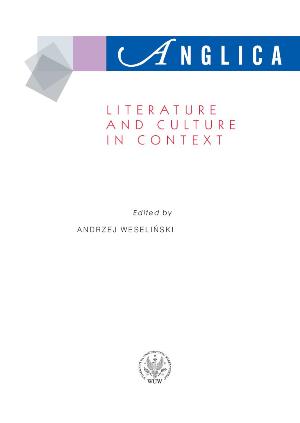THE ART OF WRITING AS A WAY TO ACHIEVE MORAL REBIRTH IN IAN McEWAN’S ATONEMENT
THE ART OF WRITING AS A WAY TO ACHIEVE MORAL REBIRTH IN IAN McEWAN’S ATONEMENT
Author(s): Magdalena PopielSubject(s): Language and Literature Studies
Published by: Wydawnictwa Uniwersytetu Warszawskiego
Keywords: IAN McEWAN; ATONEMENT; THE ART OF WRITING; Briony
Summary/Abstract: Atonement has been so far Ian McEwan’s most explicit investigation into the art of writing and into what it means to be a writer. As McEwan himself puts it: ‘‘Part of the intention of Atonement was to look at storytelling itself. And to examine the relationship between what is imagined and what is true” (Reynolds & Noakes 2002: 19). Moreover, both the novel’s subject matter as well as its unusual – for the author generally associated with traditional, realist forms and techniques – postmodern, self-conscious construction are fully coherent with McEwan’s strong belief in moral consequences of novel writing. The very first page of Atonement opens with a description of a play written by a thirteen-year-old Briony Tallis who is the protagonist and, as it turns out later, in the final twist of the plot, also the narrator and the author of the novel. Thus, as Brian Finney rightly observes, ‘‘[w]e meet an instance of Briony’s literary imagination before we get to know her as a personality. She is an author first, and a girl on the verge of entering adolescence secondly” (2002). And since she is so obsessed with writing, it is only natural that all that happens around her must affect both Briony the girl and Briony the writer. ‘‘In Briony, McEwan presents an image of the child and the writer together [...]” (Childs 2006: 141). In other words, her development as a human being is parallel to, or fused with, her literary development.
Journal: ANGLICA - An International Journal of English Studies
- Issue Year: 2011
- Issue No: 19
- Page Range: 85-98
- Page Count: 14
- Language: English

